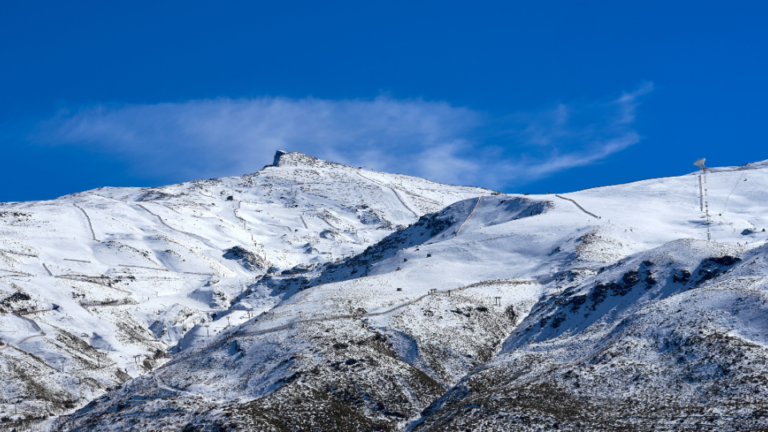January Heat Could Close Ski Resorts Early!
January is typically considered the peak skiing season in Spain; however, unseasonably high temperatures have resulted in a significant reduction in snowfall, causing much of the existing snow to melt or turn into slush. These conditions have created suboptimal and unsafe circumstances for skiers.
At Formigal, one of Spain’s premier ski resorts located in the Aragonese Pyrenees, the situation in the current year is notably worse than the preceding year. On January 28th, 2023, there was an estimated snow depth ranging from 50 to 190 centimetres, providing a skiable area of 162 kilometres.
In contrast, on January 28th, 2024, only 15 to 45 centimetres of snow remained, resulting in a mere 45 kilometres of skiable terrain. A parallel scenario unfolds in the Catalan Pyrenees at Baqueira Beret, Spain’s largest ski area, where snow conditions closely resemble those typical of spring. Consequently, the international Freeride World Tour competition, initially scheduled to be hosted there, had to be postponed.
Similar conditions prevail in ski resorts farther west in Castilla y León, particularly at San Isidro and Valle Laciana-Leitariegos. Sustained exposure to sunlight and high humidity over recent weeks has caused freshly fallen snow to rapidly melt, leaving San Isidro with only two kilometres of skiable terrain and Leitariegos with just one.
The situation has reached a point where certain resort areas have contemplated temporary closures. According to Olga Álvarez, the director of the San Isidro Winter Resort, “While what we have to offer is in good condition, it cannot be opened if the conditions are not adequately safe for skiers.” She further emphasized that without an influx of additional snow, the region faces severe economic losses.
Even in the renowned Sierra Nevada ski resort in Andalusia, conditions have not improved. The high temperatures prevent the use of snow cannons to produce artificial snow. Given the insufficient cold temperatures, artificial snowmaking is currently unfeasible, with the resort experiencing temperatures as high as 15°C.
This predicament has persisted since the commencement of the current season, with many Spanish ski stations struggling to open due to the dearth of snow. During the 2022-23 winter season, a similar situation unfolded, with less than half of Spain’s ski resorts remaining operational for the entire season. Only those situated at higher altitudes were able to continue operations, while 17 ski resorts were compelled to close, leaving only 14 in operation.
It is imperative to acknowledge that climate change is a contributing factor, manifesting in various forms throughout the country, from severe heatwaves and droughts in Catalonia and Andalusia to forest fires and compromised crop yields.
Ski resorts in the Cantabrian Mountains face particularly daunting challenges arising from climate change, posing a significant threat to their future viability. A 10 percent decrease in snowfall in this region, attributed to elevated temperatures and reduced precipitation, has confined natural snowfall to the period between January and March.
Additionally, there is an escalating reliance on artificial snow, a practice that is susceptible to the adverse impacts of global warming. Consequently, questions are raised about the sustainability of winter sports tourism in Spain and the efficacy of measures like snow cannons in mitigating snow shortages.
Spain’s Ministry of Ecological Transition has issued warnings that ski stations situated below the altitude threshold of 2,000 meters may be compelled to cease operations and explore alternative tourism models in response to these challenges.












